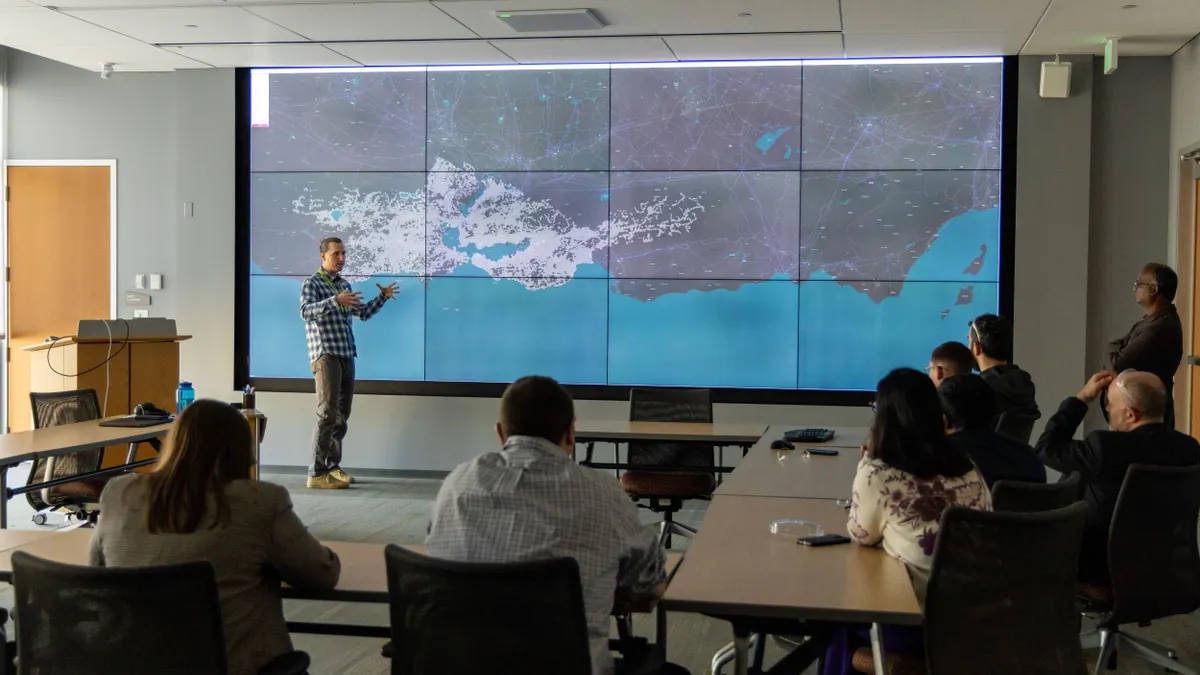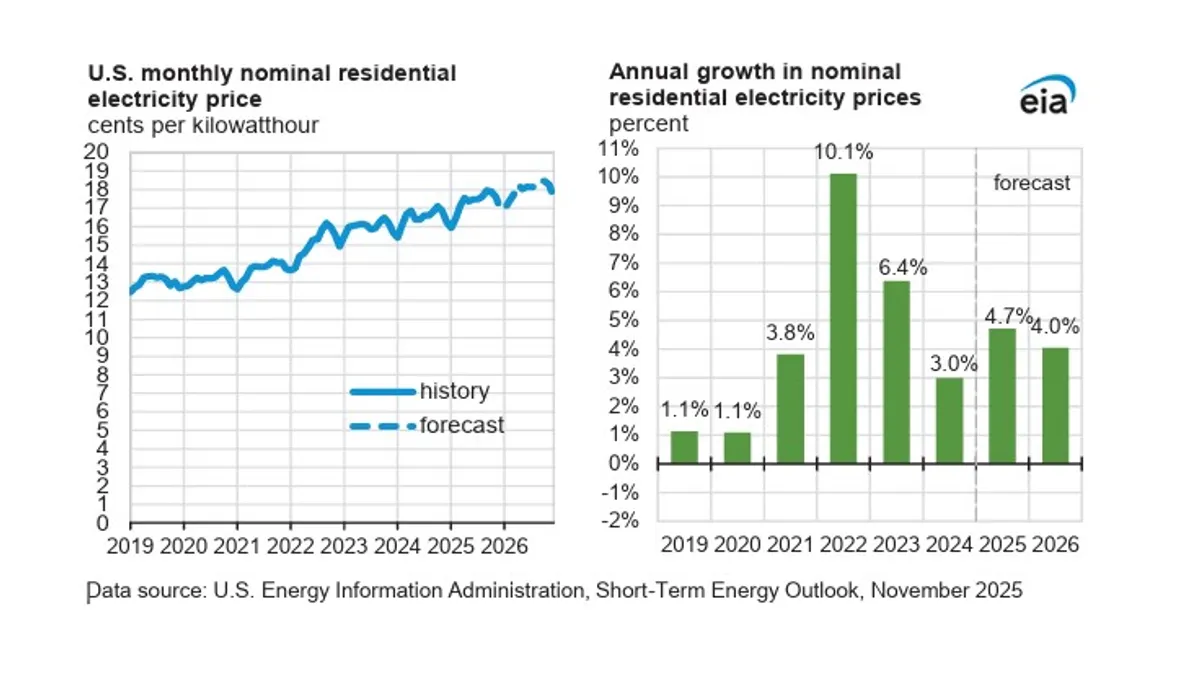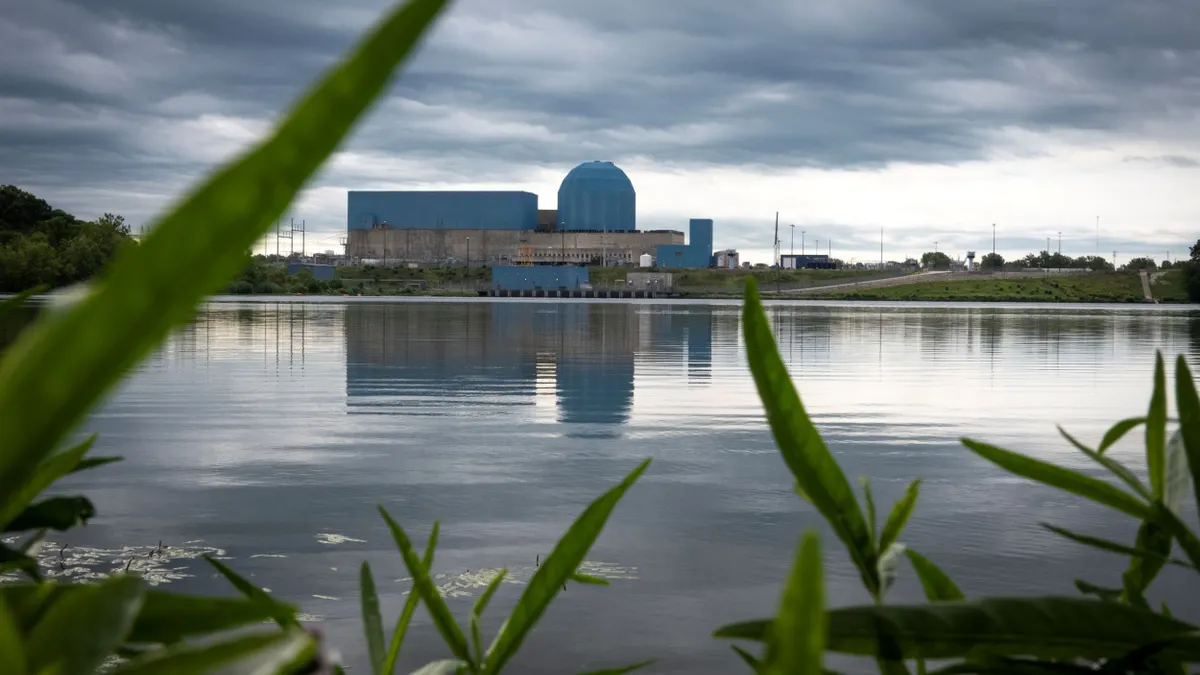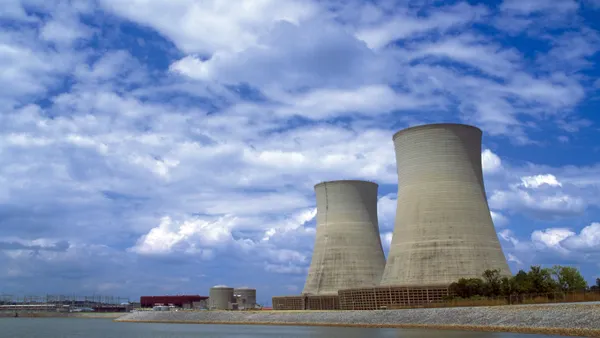The ability of Midcontinent and East Coast grid operators to narrowly handle this week’s extreme heat and humidity without blackouts reflects the urgent need to ensure the United States has adequate power supplies, according to Mark Christie, chairman of the Federal Energy Regulatory Commission.
“We're simply not building generation fast enough, and we're not keeping generation that we need to keep,” Christie said Thursday during a media briefing after the agency’s open meeting. “Some of our systems really came close to the edge.”
The PJM Interconnection, the largest U.S. grid operator, hit a peak load of about 161 GW on Monday, nearly 5% above its 154 GW peak demand forecast for this summer and the highest demand on its system since 2011. The grid operator had about 10 GW to spare at the peak, according to Christie.
At that peak, PJM’s fuel mix included gas at about 44%, nuclear at 20%, coal at 19%, solar at 5% and wind at 4%, according to Christie. Also, PJM told Christie that demand response was “essential” at reducing load, he said.
PJM used nearly 4,000 MW of demand response to reduce its load, according to FERC Commissioner Judy Chang. “I see load flexibility as a key tool for grid operators to meet the challenges that we face,” Chang said.
PJM called on demand response resources on Monday in its mid-Atlantic and Dominion regions, on Tuesday across its footprint and on Wednesday in its eastern zones, according to Dan Lockwood, a PJM spokesman. PJM was within its reserve requirements, but used DR to provide additional resources for the grid, he said in an email.
Resource adequacy is the “central issue” facing the U.S., according to Christie, who said blackouts during the extreme heat could have been deadly.
“You never know about the next time, and there's going to be a next time,” Christie said. “We've got to have more resources. That's the bottom line.”
The U.S. may need to require utilities and other load-serving entities to meet mandatory reserve power supply targets, according to Christie. “I personally think we're going to have to move toward something like that, because … look at how tight all these grid operators were … coming right up to the edge of not having enough resources.”
The Midcontinent Independent System Operator hit a peak on Monday of 119 GW, about 6% below the grid operator’s all-time system peak of 127 GW set in July 2011, according to Brandon Morris, a MISO spokesman. MISO issued emergency orders to make sure it could provide electricity during the extreme heat, he said.
ISO New England’s electricity demand peaked on Tuesday evening at 26,024 MW, the highest level seen since 2013, according to Mary Cate Colapietro, a spokeswoman for the grid operator. ISO-NE set a peak record of 28,130 MW in August 2006.
ISO-NE managed its grid under a “power caution” after the unexpected loss of generation in the late afternoon on Tuesday, Colapietro said in an email. The power caution status allows system operators to take additional actions, including calling on reserve resources, to balance the system, Colapietro said. The ISO also declared an Energy Emergency Alert Level 1, the lowest of three alert levels.
During that day of record setting heat for parts of New England, grid-connected solar output rose to about 800 MW by 10 a.m., according to ISO-NE data. It began to dip around 3 p.m. and fell to about 350 MW by 6 p.m., around the time the grid operator’s load peaked for the day.
Gas-fired generation supplied about 12,280 MW at 6 p.m. on Tuesday, followed by nuclear power with 3,350 MW, oil with 3,180 MW, net imports with 3,015 MW, hydroelectric generation with 2,070 MW, renewables with 1,540 MW and “other,” which includes grid-level demand response, with 405 MW, according to ISO-NE data.
ISO-NE resource mix on June 24 at 6 p.m.
Wind and solar can be good sources of energy, providing power when conditions are good for those types of generating resources, but are not good sources of capacity because they cannot reliably deliver power when called on, Christie said, adding that batteries can extend their value, but are generally limited to four hours.
“You've got to have dispatchable resources,” Christie said. “There's no way around that.”
Here are two other takeaways from FERC’s open meeting.
Christie talks exit date. Christie said he intends to remain at FERC until its next monthly meeting, which is set to be held on July 24, unless the Senate confirms Laura Swett to take his seat before then. Before Swett can join FERC, she needs a confirmation hearing, which hasn’t been scheduled, a committee vote and a full Senate vote. Christie’s term ends June 30. Earlier this month, in a move that was unexpected to Christie, President Donald Trump named Swett to replace him. Christie declined to say what he aims to get done in his remaining time at FERC, but noted that July is typically a busy month for the agency because it doesn’t hold an open meeting in August.
FERC’s review of PJM’s rules for colocating data centers at power plants could be addressed next month. Capstone expects FERC will issue an order on the colocation proceeding before Christie leaves, “likely disallowing ‘fully isolated’ load arrangements and supporting the transmission cost allocation arguments put forward by incumbent utilities,” analysts at the research firm said Thursday. If the order is delayed until after Christie leaves, it will likely be more favorable to independent power producers and data center developers seeking flexibility, the analysts said.
Christie backs IBR ride-through standards. Christie said he supports requiring inverter-based resources such as wind and solar to be able to ride through frequency and voltage excursions, like faults on the transmission system, instead of tripping offline. FERC proposed IBR ride-through reliability standards in December. “It's very controversial because people whose ox is gored obviously don't like it … but I have no reason to think that what [the North American Electric Reliability Corp.] has proposed is not the proper engineering solution,” Christie said.






















